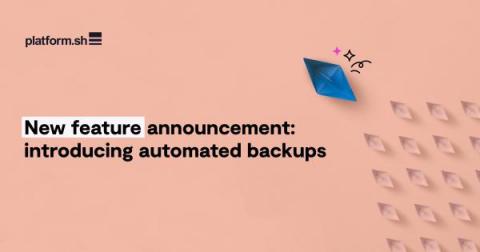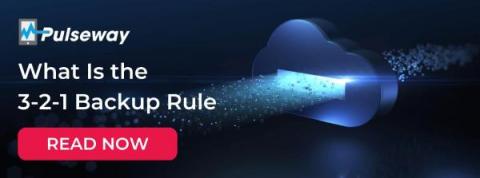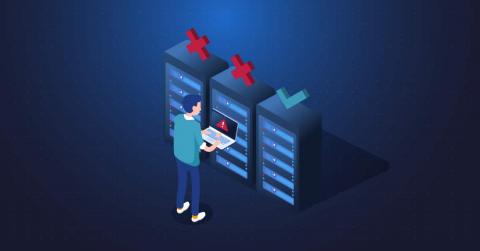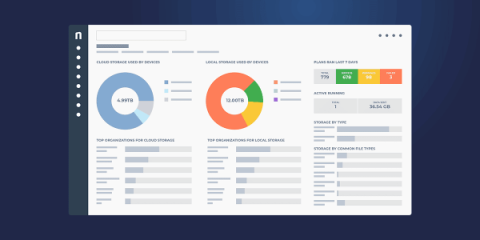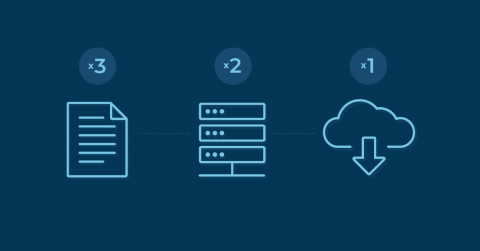Operations | Monitoring | ITSM | DevOps | Cloud
Backup
New feature announcement: Introducing Automated Backups
You asked and we delivered! The days of configuring cron jobs to take backups for each of your environments are over. Soon, for every grid project, you will have your backups automated according to the plan of your choice. Meaning you can focus on deploying today without worrying about whether you can roll back to yesterday - this new feature has you covered. We thought we’d give you the heads up so you can get in there early and choose your desired backups plan.
Don't put lipstick on a pig when it comes to backup
Is your backup still lurking in the dark ages?
As MSPs begin to grow and mature their businesses, resource efficiency is a common area of focus. It makes sense: if you want to deliver the same high service level (or better) to more customers without making huge investments in staff and equipment, efficiency and standardization are clearly the way forward. Backup is an area that is especially ripe for improved efficiency for most MSPs.
Complete Guide to Endpoint Backup
Without a doubt, a data recovery solution is essential when it comes to maintaining security and business continuity. Backups give you important survival options when ransomware hits, a laptop is lost, or someone accidentally deletes a folder full of important files. Without those safe, secure, redundant copies of your most important data, you’d be left out in the cold.
What Is the 3-2-1 Backup Rule?
The 3-2-1 backup rule is a strategy to ensure your data is recoverable in case of data loss incidents. It recommends having at least: The rule was conceptualized by US photographer Peter Krogh. After initially impacting the photography world, Krogh’s idea was quickly adopted by other technology disciplines. It’s a great way to evaluate and manage data risks.
Backup Strategy for Small Business Guide
Data is essential to a business, but too often the necessary precautions are not in place. Many small businesses are just one small data disaster away from going out of business. What’s worrying is that 3 out of 4 small businesses have no backup strategy or disaster recovery plan in place to prevent this from happening. This lack of preparation can bring a halt to business operations or cause an organization to go out of business.
Backup Deduplication: Overview for MSPs and IT
Backups are needed for everything from restoring a lost or damaged file to completing an entire disaster recovery. Data backups require a lot of storage space, which takes up more resources and drives costs up. To make the most of this storage, businesses need to optimize their data backups. Fortunately, backup deduplication can help reduce the overall load on data storage and provide other benefits.
Complete Guide to Data Backup & Recovery
In an increasingly digital business world, data backup has become vital for the protection of an organization’s interest. Businesses of all sizes can get hacked or breached, and indiscriminate ransomware attacks cause countless orgs to lose their valuable data to cyberthieves every year. Even disgruntled employees or other insider threats can steal or delete their valuable digital assets.
The 3-2-1 Backup Rule Explained
Data disasters are practically inevitable, but a planned out backup strategy can combat their damaging effects. The Cybersecurity and Infrastructure Security Agency (CISA) of the U.S. government is a major organization that recommends sticking to a 3-2-1 backup strategy. Follow the 3-2-1 backup rule to ensure that your data is kept safe.



